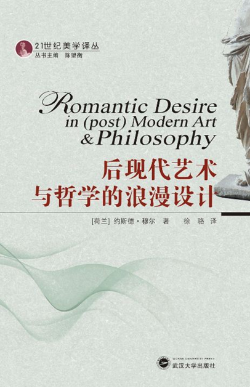The Modular Body is an online science fiction story about the creation of OSCAR, a living organism built from human cells. The protagonist is Cornelis Vlasman, a versatile biologist for whom the path well-travelled is the most uninteresting one by definition. Together with a few like-minded people he therefore starts an independent laboratory in which he experiments with organic materials, on his own initiative, with his own resources and his own team.
After many years of hard work, Vlasman’s team succeeds in creating new life from cells taken from his own body. Under his supervision the world’s first living organism is built: OSCAR.
OSCAR is a prototype (the size of a human hand) consisting of clickable organ modules grown from human cells.
What makes OSCAR special is the thought process preceding the organism, which comes down to this: (human) life can be regarded as a closed system but when it is approached as a modular system this may lead to innovative applications and solutions.
In a closed system the parts are designed in such a way that they can only function in one specific configuration, which makes repairs and adaptations very complex. An example of such a closed system is the first Apple Macintosh from 1988.
In a modular system, independent modules – similar to building blocks – make up a transformable and therefore flexible configuration. In 2013, Dave Hakkens produced a Modular Phone that consists of separate parts that can be individually replaced and improved.
With the organism OSCAR Vlasman demonstrates that it is possible to create modular life. Stem cells can be reprogrammed, grown and printed as any type of human tissue. The line separating humans from machines is gradually becoming thinner.
The OSCAR prototype opens up possibilities for the human body, for example when it comes to replacing or improving worn out organs in a possibly ‘clickable’ system. Think of Lego as a metaphor.
In biotechnology many experiments are conducted nowadays with printed organs, regenerated tissue and synthetic blood. Organovo, one of the world’s largest biotech companies, expects to be able to print a functional liver by 2014. Taking the entire human body as a possibly modular system is not (or not yet) possible.
Vlasman develops the OSCAR organism – made up from ‘blocks’ – in his lab. This independent and somewhat obscure laboratory is run by a group of people with various expertise: IT specialists, biologists and designers, working with handmade and sometimes second-hand equipment. They operate outside of official channels, thereby avoiding moratoria, scientific protocols or objections of ethical committees, which perhaps enables them to arrive at this seminal breakthrough.
The primitive, vulnerable organism that finally results from Vlasman’s endeavours is kept alive with blood taken from Vlasman and is continually vaccinated against infections, as it has no immune system. The story refers to various similar narratives in world literature and film history, notably Mary Shelley’s Frankenstein.










